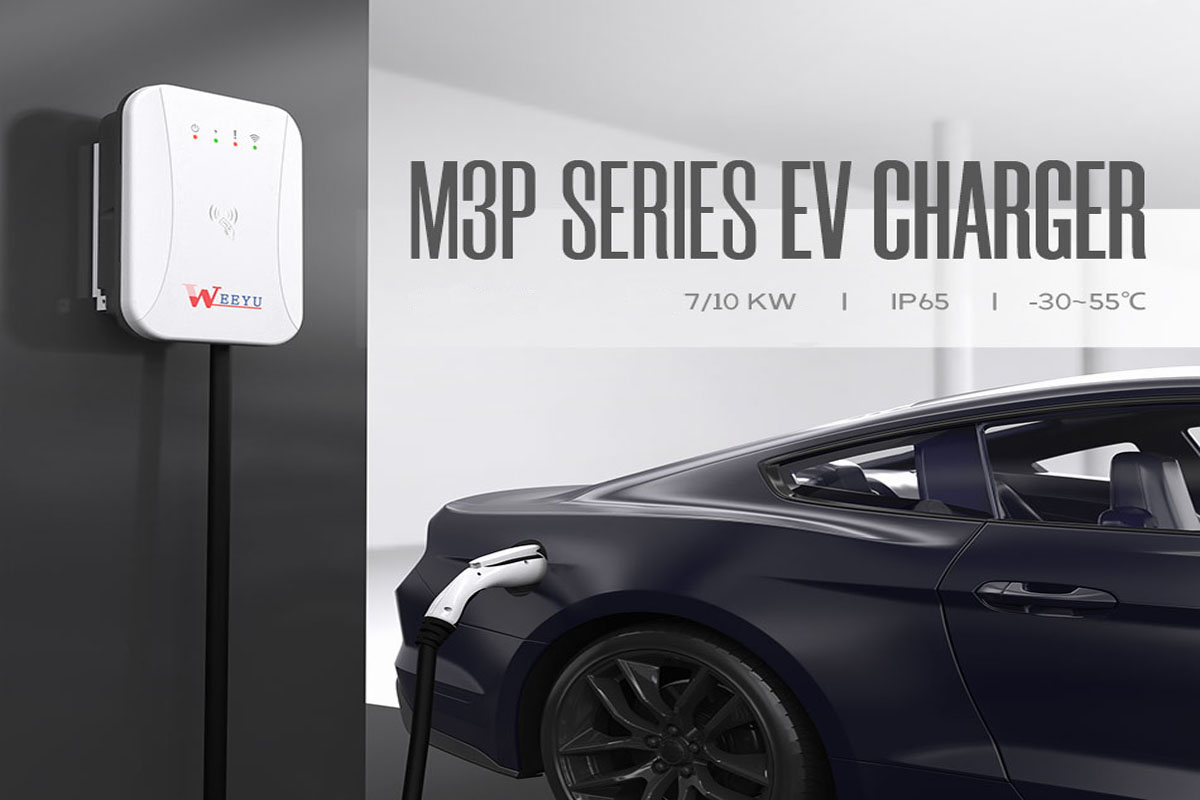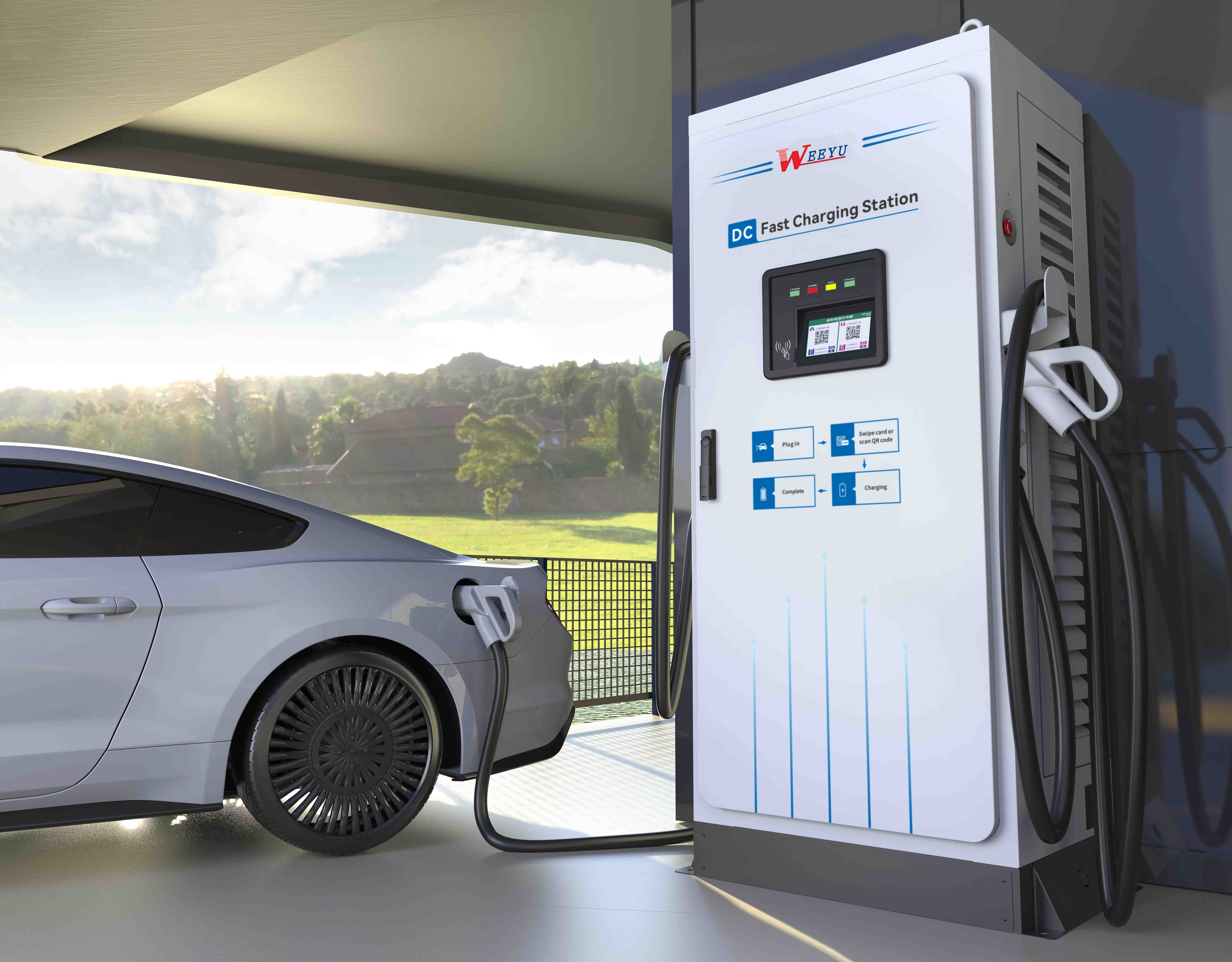Electric vehicles (EVs) are revolutionizing the automotive industry, driving us towards a greener and more sustainable future. As the demand for EVs continues to surge, the development of efficient and accessible charging infrastructure plays a pivotal role. Two distinct charging technologies, Direct Current (DC) and Alternating Current (AC), are vying for attention, each offering unique advantages. Today, we dive into the intricacies of these technologies to understand the differences between DC and AC charging equipment.
AC Charging: Harnessing Widespread Infrastructure
Alternating Current (AC) charging, commonly available as Level 1 and Level 2 chargers, utilizes the existing electrical grid infrastructure. This technology employs onboard chargers within EVs to convert AC power from the grid into the Direct Current (DC) power required for charging the battery. AC charging is ubiquitous, as it can be carried out at homes, workplaces, and public charging stations. It offers convenience for daily charging needs and is compatible with all EV models on the market.
However, AC charging is known for its slower charging speeds compared to its DC counterpart. Level 1 chargers, which plug into standard household outlets, typically provide a range of 2 to 5 miles per hour of charging. Level 2 chargers, requiring dedicated installations, offer faster charging rates, ranging from 10 to 60 miles per hour of charging, depending on the charger's power rating and the EV's capabilities.
DC Charging: Empowering Rapid Charge Times
Direct Current (DC) charging, commonly referred to as Level 3 or DC fast charging, takes a different approach by bypassing the onboard charger in the EV. DC fast chargers supply high-power DC current directly to the vehicle's battery, dramatically reducing charging times. These fast chargers are typically found at dedicated charging stations along highways, major travel routes, and busy public locations.
DC fast chargers provide a substantial boost to charging speeds, capable of adding 60 to 80 miles of range in as little as 20 minutes of charging, depending on the charger's power rating and the EV's capabilities. This technology addresses the needs of long-distance travel and the growing demand for quick charging options, making it particularly appealing for EV owners on the move.
However, the implementation of DC charging infrastructure requires specialized equipment and higher installation costs. High-power electrical connections and complex setups are necessary to deliver the rapid charging capabilities of DC fast chargers. Consequently, the availability of DC charging stations may be limited compared to AC charging options, which can be found in various locations and often require less upfront investment.
The Evolving EV Landscape
While both AC and DC charging technologies have their merits, the choice between them depends on several factors, including charging speed requirements, cost considerations, and the availability of charging infrastructure. AC charging proves to be convenient, widely compatible, and accessible for everyday charging scenarios. On the other hand, DC charging offers rapid charge times and is better suited for long-distance travel and time-critical charging needs.
As the EV market continues to grow, we can expect advancements in charging technologies and infrastructure to address the evolving needs of drivers. The expansion of both AC and DC charging networks, coupled with technological advancements in battery technology, will enhance the overall charging experience and facilitate the widespread adoption of electric vehicles.The ongoing efforts to develop efficient, accessible, and reliable charging infrastructure will undoubtedly contribute to the acceleration of the electric vehicle revolution, ushering in a sustainable transportation era for generations to come.
Post time: Jul-10-2023





